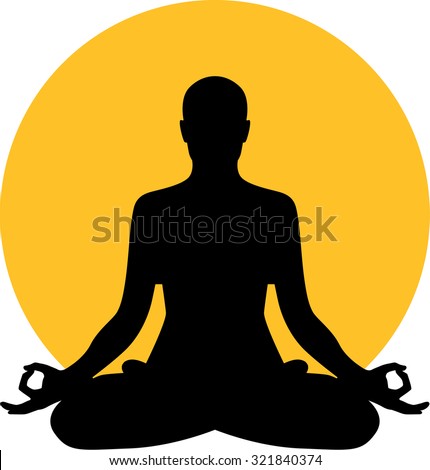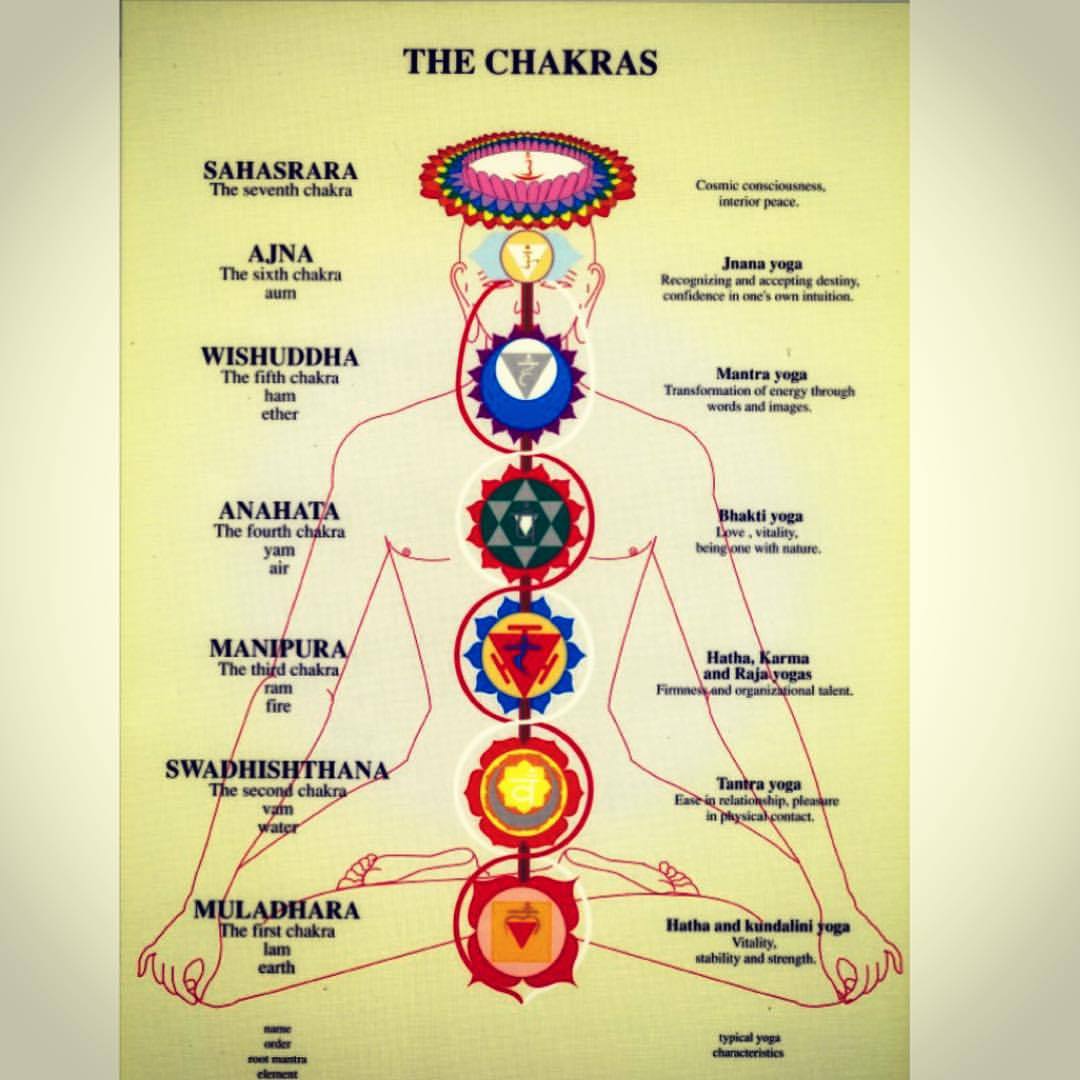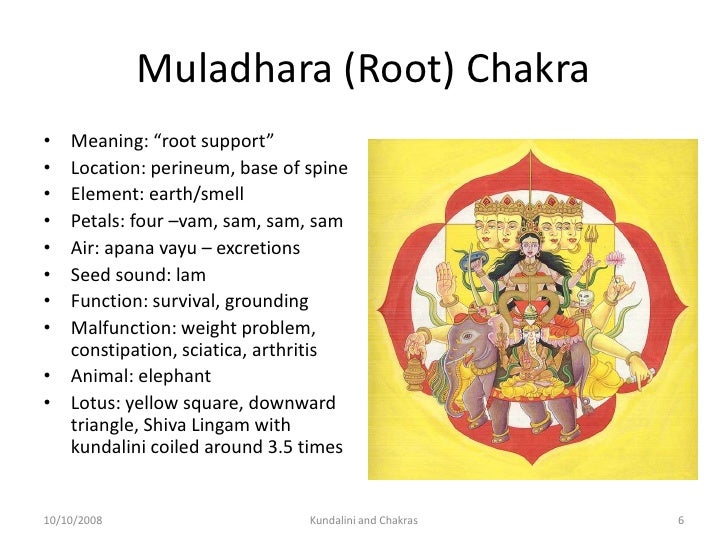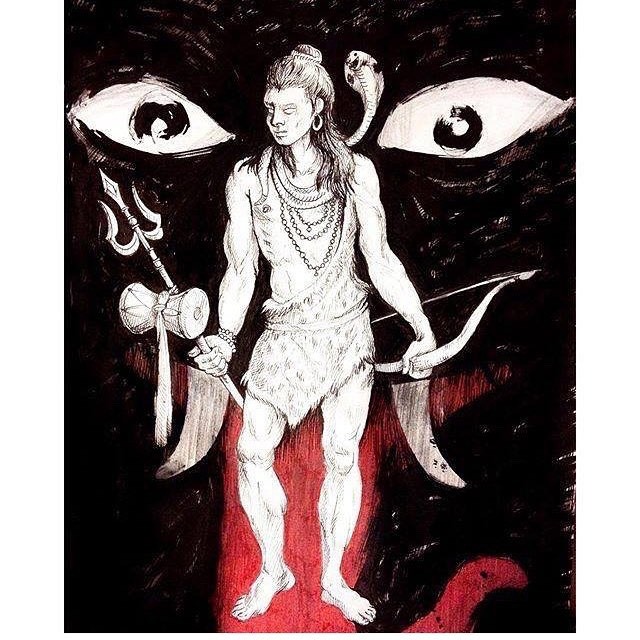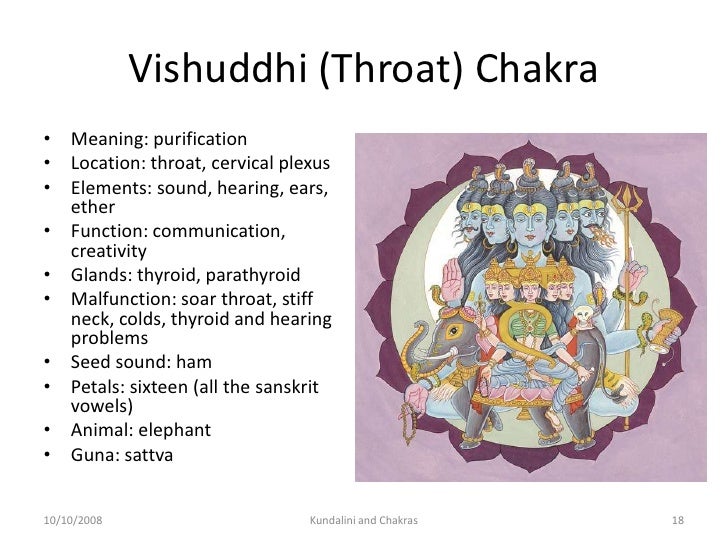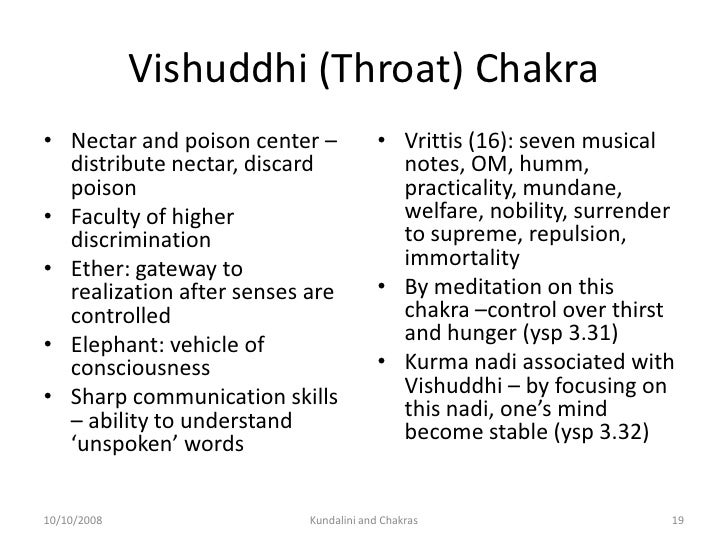TATTVA BODHA DEFINES JIVANMUKTA AS ONE WHO IS
UNATTACHED,OF THE NATURE OF SACHIDANANDA,
EFFULGENT,THE INDWELLAR OF ALL, THE FORMLESS
AWARENESS -THUS ONE HAVING THIS FIRMLY
ASCERTAINED IMMEDIATE KNOWLEDGE(APAROKSHA
JNANA) IS THE JIVANMUKTA.(LIBERATED EVEN WHILE
LIVING)
THOSE IN WHOM KNOWLEDGE OF BRAHMAN IN ALL
BEINGS IS BORN ARE JIVANMUKTAS.
LIBERATION(MOKSHA) SHOULD BE ACHIEVED WHILE
LIVING & NOT ACHIEVED AFTER DEATH, AS MOST
PEOPLE THINK IT IS AFTER DEATH.
IF A PERSON HAS ACHIEVED JIVANMUKTA STATE &
MANO NASHA ,HE IS LIBERATED WHILE LIVING !
IN JIVANMUKTA -1, WE HAVE POSTED WHAT
BHAGAVATHPADA SHANKARACHARYA TOLD ABOUT
JIVANMUKTHA IN HIS SATHASLOKI.
JIVANMUKTA -1: SATASLOKI OF SHANKARACHARYA
IN JIVANMUKTA - 2, WE HAVE POSTED WHAT SWAMI
VIDYARANYA TOLD IN HIS JIVANMUKTHIVIVEKA.
JIVANMUKTA-2: JIVANMUKTIVIVEKA OF SWAMI VIDYARANYA
NOW IN JIVANMUKTA - 3, WE ARE POSTING WHAT
TEJO-BINDU UPANISHAD & SWAMI SIVANANDA TOLD
ABOUT JIVANMUKTA STATE.
THIS POSTING IS BASED ON --
http://sivanandaonline.org/public_html/?cmd=displaysection§ion_id=821
Swami Sivananda told on Jivanmukta State as follows --
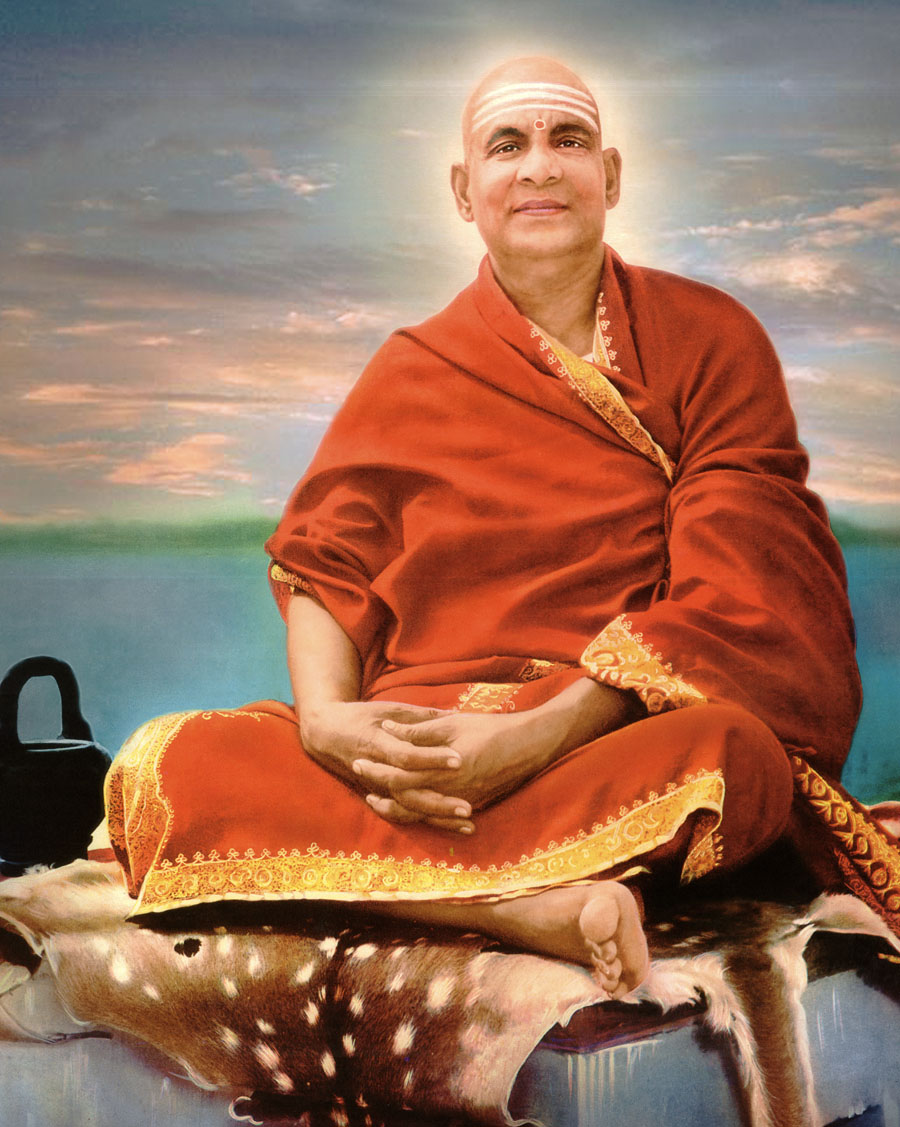
Swami Sivananda
Jivanmukti is that state in which the sage gets established in Satchidananda Brahman. He becomes the Brahman. The phenomenal universe does not vanish from his vision. Just as the man who was duped in the beginning by the water in the mirage knows that it is only illusion after careful examination, so also the liberated sage fully knows that this world is mere illusion though it appears to him. Freedom from the Kleshas or afflictions is Jivanmukti. The liberated sage is not affected by pleasure and pain. He knows fully well that pleasure and pain, action and enjoyment are the attributes or Dharmas of the Antahkarana. He has now separated himself from the mind. He now stands as a spectator or witness of the mind.
Avarana Sakti and Vikshepa Sakti are the two Saktis of Avidya. As soon as Knowledge of the Self dawns, the Avarana Sakti is destroyed. Avarana Sakti is the veiling power. Vikshepa Sakti is the projecting power. This world is projected through the power of Vikshepa Sakti. On account of the Avarana Sakti you are not able to perceive the Satchidananda Brahman. On account of the destruction of Avarana Sakti, a Jnani is freed from birth and death. But Vikshepa Sakti (Lesha Avidya) remains like a burnt seed owing to the strength of Prarabdha. Therefore, there is appearance of the world for a Jivanmukta.
Just as trembling of the body on account of fear remains even after the illusion of snake in the rope is destroyed by the knowledge of the rope, just as the mirage appears even after the illusory nature of the later is understood, so also the world appears for the Jivanmukta even after he has attained Self-realisation, even after he has clearly understood the illusory nature of the world. But just as the man who has understood the illusory nature of the mirage will not run after the mirage for drinking water, so also the Jivanmukta will not run after sensual objects like the worldly-minded people though the world appears to him. That is the difference between a worldly man and a liberated sage.
After the death of Dronacharya, there was a fight with Asvatthama. Lord Krishna entered the battlefield with the pure resolve, This chariot and the horses will remain as they are today till I return home after the battle is over. Asvatthama utilised Brahmastra and Agniastra. Though the chariot and the horses of Arjuna were reduced to ashes by the weapons of Asvatthama, yet they remained intact on account of the pure resolve of Lord Krishna. As soon as Lord Krishna returned home, the chariot and the horses were burnt to ashes.
This physical body is the chariot. Virtue and vice are the two wheels of the chariot. The three Gunas represent the banner. The five Pranas are the ropes. The ten Indriyas are the horses. The five objects of enjoyment are the path. Mind is the rein. Intellect is the driver. Prarabdha is the Sankalpa. The four means and Sravana, Manana, Nididhyasana are the weapons. Satsanga is the battlefield. Guru is Asvatthama. 'Tat Tvam Asi' Mahavakya is the Brahmastra. Knowledge of the Atman is the fire. As soon as the knowledge of the Self dawns, the world and body which represent the chariot and horses are burnt. On account of the force of Prarabdha, the world and the body appear to the vision of the Jnani or the Jivanmukta. Just as the potter's wheel continues to revolve on account of the force already given by the stick of the potter, even after he has removed the stick, so also the world and body appear for the Jivanmukta on account of the force of Prarabdha, although in reality they are destroyed by the attainment of knowledge of the Self. This is called Bhatitanu Vritti.
That which gets destroyed is the Pratiyogi of destruction. by destruction there is the appearance of the Pratiyogi. In Badha there is no appearance of Pratiyogi; but Abhava (non-existence) in the three periods of time appears. This is the difference between destruction and Badha.
The Dharma of a man's Chitta that has the characteristics of agency and enjoyment is fraught with pain and hence tends towards bondage. The control of it (the Chitta) is Jivanmukti. Videhamukti follows when, through the existence of Prarabdha, the removal of the vehicles (of the bodies) takes place like the ether in the pot (after the pot is broken).
The destruction of Chitta is of two kinds, that with form and without form. The destruction of that with form is of the Jivanmukta; the destruction of that without form is of the Videhamukta.
If one knows through direct intuitive perception, I am Satchidananda Brahman, it is Sakshatkara or Self-realisation. From the very date on which one realises his own Atman, he becomes a Jivanmukta.
The Jivanmukta roams about happily in this world as he is free from the three kinds of fevers. He is free from all sorts of attachment and Vasanas. He is absolutely free from Raga-Dvesha. He is established in right conduct. He is full of virtuous qualities. He does not feel: I am the actor, I am the enjoyer. He has a very large heart.
Tejo-Bindu Upanishad
CHAPTER – IV
Kumara asked the great Lord Shiva: “Please explain to me
the nature of Jivanmukti (embodied salvation).” To which
great Shiva replied as follows --
1. “I am Chidatma. I am Para-Atma. I am the Nirguna, greater
than the great. One who will simply stay in Atman is called a
Jivanmukta.
2. He who realises: ‘I am beyond the three bodies, I am the
pure consciousness and I am Brahman’, is said to be a
Jivanmukta.
3. He is said to be a Jivanmukta, who realises: ‘I am of
the nature of the blissful and of the supreme bliss, and
I have neither body nor any other thing except the
certitude ‘I am Brahman’ only.
4-6. He is said to be a Jivanmukta who has not at all
got the ‘I’ in myself, but who stays in Chinmatra
(absolute consciousness) alone, whose interior is
consciousness alone, who is only of the nature of
Chinmatra, whose Atman is of the nature of the all-full,
who has Atman left over in all, who is devoted to bliss,
who is undifferentiated, who is all-full of the nature of
consciousness, whose Atman is of the nature of pure
consciousness, who has given up all affinities
(for objects), who has unconditioned bliss, whose Atman
is tranquil, who has got no other thought (than Itself)
and who is devoid of the thought of the existence of
anything.
7-11(a). He is said to be a Jivanmukta who realises:
‘I have no Chitta, no Buddhi, no Ahamkara, no sense,
no body at any time, no Pranas, no Maya, no passion
and no anger, I am the great, I have nothing of these
objects or of the world and I have no sin, no characteristics,
no eye, no Manas, no ear, no nose, no tongue, no hand,
no waking, no dreaming, or causal state in the least or
the fourth state.’
11(b)-30(a). He is said to be a Jivanmukta, who realises:
‘All this is not mind, I have no time, no space, no object,
no thought, no Snana (bathing), no Sandhyas( junction-
period ceremonies), no deity, no place, no sacred places,
no worship, no spiritual wisdom, no seat, no relative,
no birth, no speech, no wealth, no virtue, no vice, no duty,
no auspiciousness, no Jiva, not even the three worlds,
no salvation, no duality, no Vedas, no mandatory rules,
no proximity, no distance, no knowledge, no secrecy,
no Guru, no disciple, no diminution, no excess, no Brahma,
no Vishnu, no Rudra, no moon, no earth, no water, no Vayu,
no Akasa, no Agni, no clan, no Lakshya (object aimed at),
no mundane existence, no meditator, no object of meditation,
no Mans, no cold, no heat, no thirst, no hunger, no friend,
no foe, no illusion, no victory, no past, present, or future,
no quarters, nothing to be said or heard in the least,
nothing to be gone to (or attained), nothing to be
contemplated, enjoyed or remembered, no enjoyment,
no desire, no Yoga, no absorption, no garrulity, no quietude,
no bondage, no love, no joy, no instant joy, no hugeness,
no smallness, neither length nor shortness, neither increase
nor decrease, neither Adhyaropa (illusory attribution)
nor Apavada (withdrawal of that conception) , no oneness,
no manyness, no blindness, no dullness, no skill, no flesh,
no blood, no lymph, no skin, no marrow, no bone, no skin,
none of the seven Dhatus, no whiteness, no redness,
no blueness, no heat, no gain, neither importance nor
non-importance, no delusion, no perseverance, no mystery,
no race, nothing to be abandoned or received, nothing to
be laughed at, no policy, no religious vow, no fault, no
bewailments, no happiness, neither knower nor knowledge
nor the knowable, no Self, nothing belonging to you or to
me, neither you nor I, and neither old age nor youth
nor manhood; but I am certainly Brahman. ‘I am certainly
Brahman. I am Chit, I am Chit’.
30(b)-31. He is said to be a Jivanmukta who cognises:
‘I am Brahman alone, I am Chit alone, I am the supreme’.
No doubt need be entertained about this; ‘I am Hamsa
itself, I remain of my own will, I can see myself through
myself, I reign happy in the kingdom of Atman and enjoy
in myself the bliss of my own Atman’
32. He is a Jivanmukta who is himself, the foremost
the one undaunted person who is himself the lord and
rests in his own Self.
Kumara asked the great Lord Shiva: “Please explain to me
the nature of Jivanmukti (embodied salvation).” To which
great Shiva replied as follows --
1. “I am Chidatma. I am Para-Atma. I am the Nirguna, greater
than the great. One who will simply stay in Atman is called a
Jivanmukta.
2. He who realises: ‘I am beyond the three bodies, I am the
pure consciousness and I am Brahman’, is said to be a
Jivanmukta.
3. He is said to be a Jivanmukta, who realises: ‘I am of
the nature of the blissful and of the supreme bliss, and
I have neither body nor any other thing except the
certitude ‘I am Brahman’ only.
4-6. He is said to be a Jivanmukta who has not at all
got the ‘I’ in myself, but who stays in Chinmatra
(absolute consciousness) alone, whose interior is
consciousness alone, who is only of the nature of
Chinmatra, whose Atman is of the nature of the all-full,
who has Atman left over in all, who is devoted to bliss,
who is undifferentiated, who is all-full of the nature of
consciousness, whose Atman is of the nature of pure
consciousness, who has given up all affinities
(for objects), who has unconditioned bliss, whose Atman
is tranquil, who has got no other thought (than Itself)
and who is devoid of the thought of the existence of
anything.
7-11(a). He is said to be a Jivanmukta who realises:
‘I have no Chitta, no Buddhi, no Ahamkara, no sense,
no body at any time, no Pranas, no Maya, no passion
and no anger, I am the great, I have nothing of these
objects or of the world and I have no sin, no characteristics,
no eye, no Manas, no ear, no nose, no tongue, no hand,
no waking, no dreaming, or causal state in the least or
the fourth state.’
11(b)-30(a). He is said to be a Jivanmukta, who realises:
‘All this is not mind, I have no time, no space, no object,
no thought, no Snana (bathing), no Sandhyas( junction-
period ceremonies), no deity, no place, no sacred places,
no worship, no spiritual wisdom, no seat, no relative,
no birth, no speech, no wealth, no virtue, no vice, no duty,
no auspiciousness, no Jiva, not even the three worlds,
no salvation, no duality, no Vedas, no mandatory rules,
no proximity, no distance, no knowledge, no secrecy,
no Guru, no disciple, no diminution, no excess, no Brahma,
no Vishnu, no Rudra, no moon, no earth, no water, no Vayu,
no Akasa, no Agni, no clan, no Lakshya (object aimed at),
no mundane existence, no meditator, no object of meditation,
no Mans, no cold, no heat, no thirst, no hunger, no friend,
no foe, no illusion, no victory, no past, present, or future,
no quarters, nothing to be said or heard in the least,
nothing to be gone to (or attained), nothing to be
contemplated, enjoyed or remembered, no enjoyment,
no desire, no Yoga, no absorption, no garrulity, no quietude,
no bondage, no love, no joy, no instant joy, no hugeness,
no smallness, neither length nor shortness, neither increase
nor decrease, neither Adhyaropa (illusory attribution)
nor Apavada (withdrawal of that conception) , no oneness,
no manyness, no blindness, no dullness, no skill, no flesh,
no blood, no lymph, no skin, no marrow, no bone, no skin,
none of the seven Dhatus, no whiteness, no redness,
no blueness, no heat, no gain, neither importance nor
non-importance, no delusion, no perseverance, no mystery,
no race, nothing to be abandoned or received, nothing to
be laughed at, no policy, no religious vow, no fault, no
bewailments, no happiness, neither knower nor knowledge
nor the knowable, no Self, nothing belonging to you or to
me, neither you nor I, and neither old age nor youth
nor manhood; but I am certainly Brahman. ‘I am certainly
Brahman. I am Chit, I am Chit’.
30(b)-31. He is said to be a Jivanmukta who cognises:
‘I am Brahman alone, I am Chit alone, I am the supreme’.
No doubt need be entertained about this; ‘I am Hamsa
itself, I remain of my own will, I can see myself through
myself, I reign happy in the kingdom of Atman and enjoy
in myself the bliss of my own Atman’
32. He is a Jivanmukta who is himself, the foremost
the one undaunted person who is himself the lord and
rests in his own Self.
=================================================

